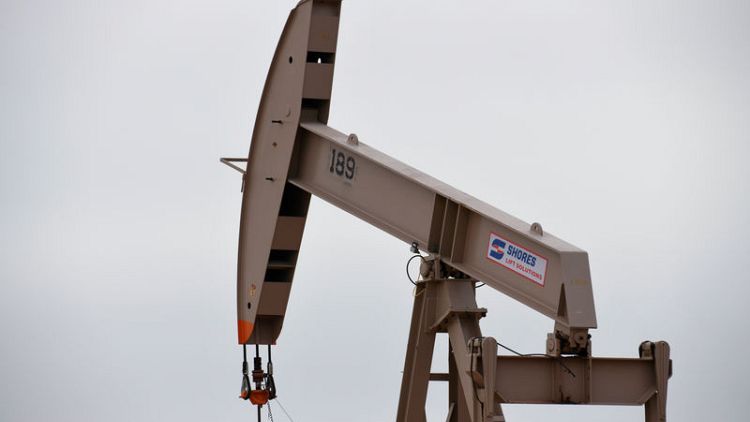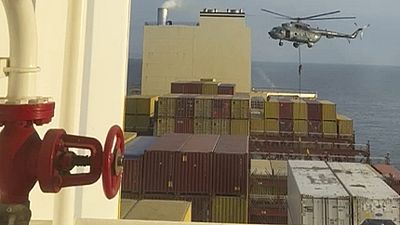TOKYO (Reuters) - Oil prices rose around 1% on Friday, steadying after an overnight plunge following U.S. President Donald Trump's move to impose more tariffs on Chinese imports, intensifying a trade war that has hit global growth.
Brent crude <LCOc1> slumped more than 7% on Thursday, its steepest drop in more than three years. U.S. crude <CLc1> fell nearly 8%, posting its worst day in more than four years,
The collapse ended a fragile rally built on steady drawdowns in U.S. inventories, even as global demand looked shaky due to the trade dispute between the world's two biggest economies.
Brent was up 67 cents, or 1.1%, at $61.17 a barrel by 0049 GMT, while U.S. crude was up 50 cents, or 0.9%, at $54.45 a barrel.
Trump said on Thursday he would impose a 10% tariff on $300 billion of Chinese imports from Sept. 1 and could raise tariffs further if China's President Xi Jinping fails to move more quickly to strike a trade deal.
The announcement extends Trump's tariffs to nearly all China's imports into the United States and marks an abrupt end to a temporary truce in a trade war that has disrupted global supply chains and roiled financial markets.
Prices "had already been under pressure before the tariff announcement, with weak U.S. manufacturing data raising concerns about weak demand for oil," ANZ Research said in a morning note.
U.S. manufacturing activity slowed to a near three-year low in July and construction spending fell in June as investment in private construction projects tumbled to its lowest level in 1-1/2 years.
Total U.S. oil demand in May fell 98,000 bpd to 20.26 million bpd, data showed earlier this week.
OPEC and partners including Russia, an alliance known as OPEC+, have been curbing output this year to support the market. In July, OPEC production revisited a 2011 low, helped by a further cut by Saudi Arabia, a Reuters survey showed.
(Reporting by Aaron Sheldrick; editing by Richard Pullin)



